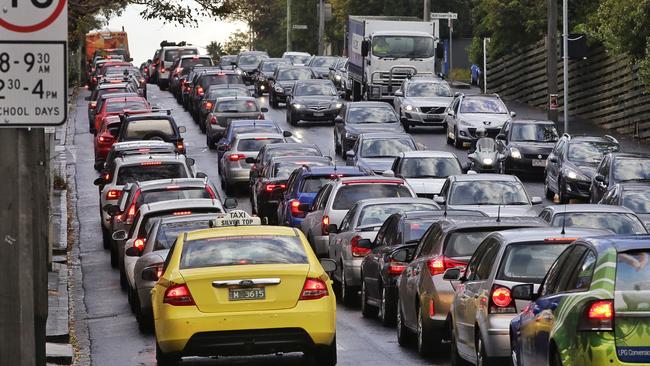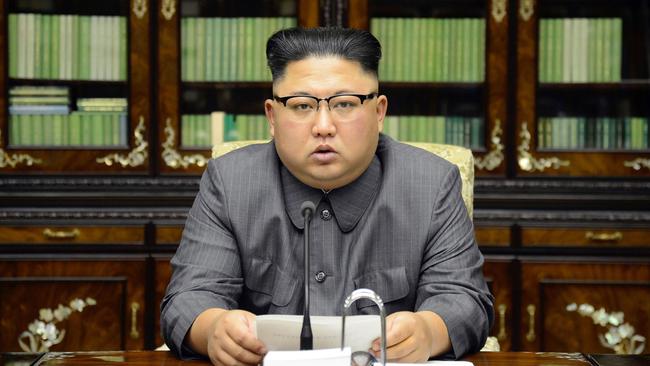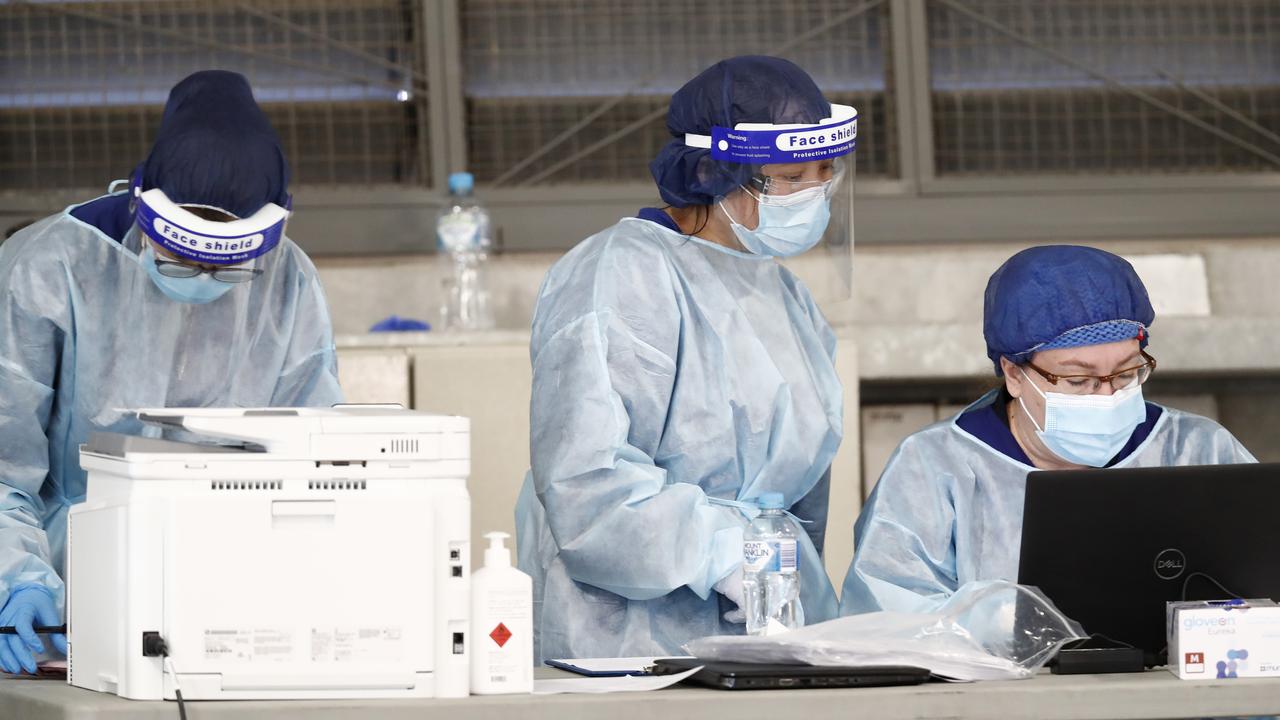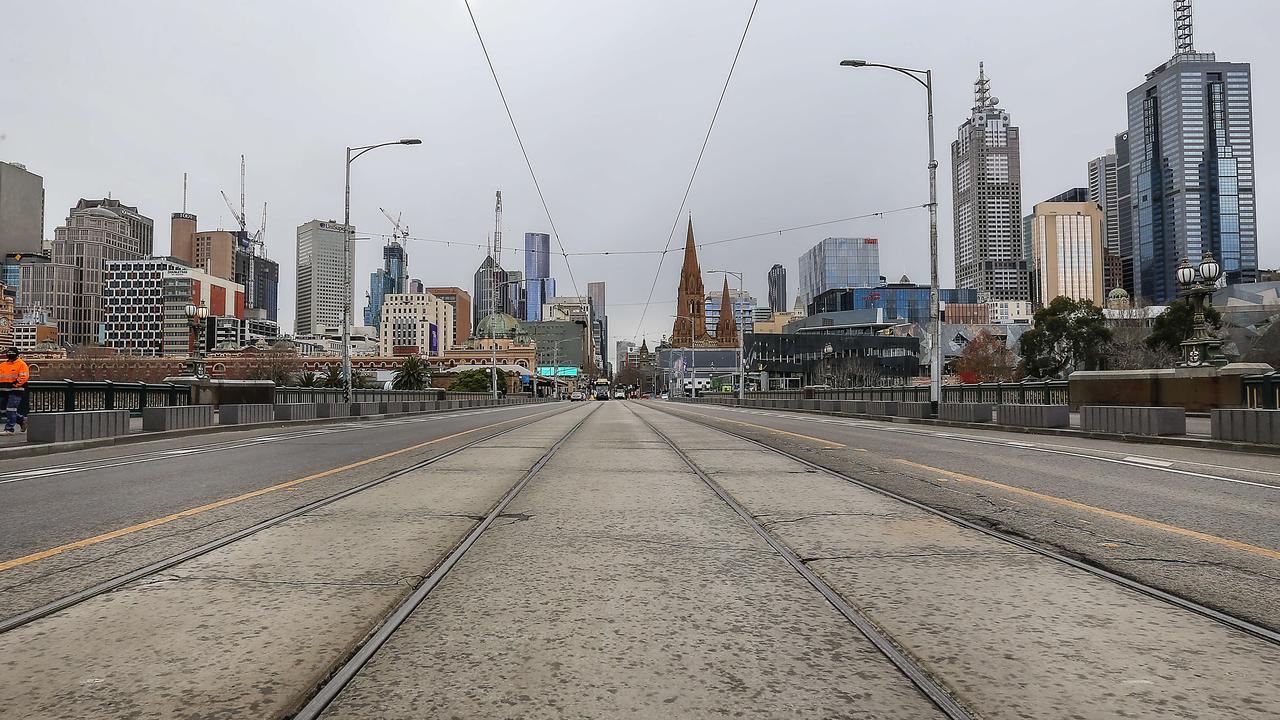Editorial: Our congestion tops Sydney
TRAFFIC congestion and transport efficiency are among the hot button issues in Victoria which successive governments have failed to properly address.

Opinion
Don't miss out on the headlines from Opinion. Followed categories will be added to My News.
TRAFFIC congestion and transport efficiency are among the hot button issues in Victoria which successive governments have failed to properly address.
Housing affordability, energy costs and stagnant wages growth are also among the mix of major concerns for Victorians. But when it comes to issues which are primarily within state political jurisdiction, gridlocked roads, inefficient or crowded public transport and crime are priorities which rate high in public demand for action.
As revealed in Tuesday’s Herald Sun, Melbourne’s traffic congestion is now rated worse than Sydney.
A new report by the Grattan Institute has again identified a congestion charge to encourage more people to ditch the car for travel to the city in favour of using public transport.
And the study also calls for a major increase in the CBD car-parking tax, from the current $1380 to $2400 per annum — equivalent to the levy set for Sydney.
A third recommendation is the expansion of discount public transport fares for off-peak travel.
“Early-bird”’ train travel is now free if you touch on and off before 7.15am on a weekday on the metro network.
Incentivising more commuters on to Melbourne’s rail lines is of course a good thing and should be expanded to include off-peak tram and bus travel. But driving more people onto public transport can only work if the system itself is able to cope and employment flexibility allows earlier or late starts.

That means more services, more often and on time to allow extra patronage on services where the most popular routes and busiest periods are already crowded.
But hitting motorists with a congestion charge for driving to the city, even if a modest charge, and a significant increase to the CBD parking levy are punitive measures.
Melbourne is the commercial heart of the state and the city a major employment hub. Many CBD workers do not have access to the range of public transport options which meet need. Areas in some outer suburban corridors are limited to bus services which can mean excessive commute times.
After reviewing extensive Google Maps data of 350 routes, with readings taken 25 times every day for six months this year, the Grattan report found Melbourne’s typical commute was a 25-minute drive which is delayed by an average 18 minutes.
That means 80 per cent of the trip is spent in stagnant traffic, resulting in huge amounts of economic and productivity waste and infuriating those stuck in gridlock.
Of course, it won’t come as a surprise that Melbourne’s biggest traffic mess is Hoddle St, from the Eastern Freeway to Bridge Rd.
Which is yet another reason why Premier Daniel Andrews’ decision to waste $1.2 billion to not build the East West Link is condemned.
The East West project, or a version of it, is listed as a top priority project in almost every independent infrastructure assessment — from the Eddington report to Infrastructure Australia.
While the Metro and West Gate tunnels, Monash and Tullamarine upgrades and rail level crossing removals are important projects, this and preceding Victorian governments have left the run too late. Not only are we now playing catch-up on transport projects, much more needs to be rolled out to get the state moving again.

MISSILE DEFENCE CRUCIAL
FUNDING Australia’s modern defence capability costs hundreds of billions of dollars.
The Australian Defence Force, across its three arms, must be fully supported and equipped with leading technologies to defend the nation’s interests, whether that be to ensure regional defence, to counter-terrorism or respond to the threat of rogue states.
North Korea now presents as the most dangerous threat in the region, and arguably, the world.
With an already developed nuclear capacity, Pyongyang is seeking to develop long-range and intercontinental missiles to threaten an arc sweeping across South Korea and Japan to the US and even Australia.
As reported in today’s Herald Sun, the Turnbull Government has green-lit a defence proposal to expand the Royal Australian Navy’s long-range missile defence capabilities.
Australia’s Hobart Class Aegis-equipped Air Warfare Destroyers, now being developed, are capable of simultaneously defending against missile and air threats at ranges in excess of 150km.
Three AWD vessels, under the SEA 4000 program, are set for delivery by the end of 2019, with HMAS Hobart commissioned last month.
But further expansion is needed to protect against long-range missile threats. The federal government expects to achieve targeted defence spending of 2 per cent of GDP by 2020-21, three years ahead of schedule, and $200 billion in spending over the next decade.
Indeed, it is significant investment but the cost of not spending could be much, much greater.


